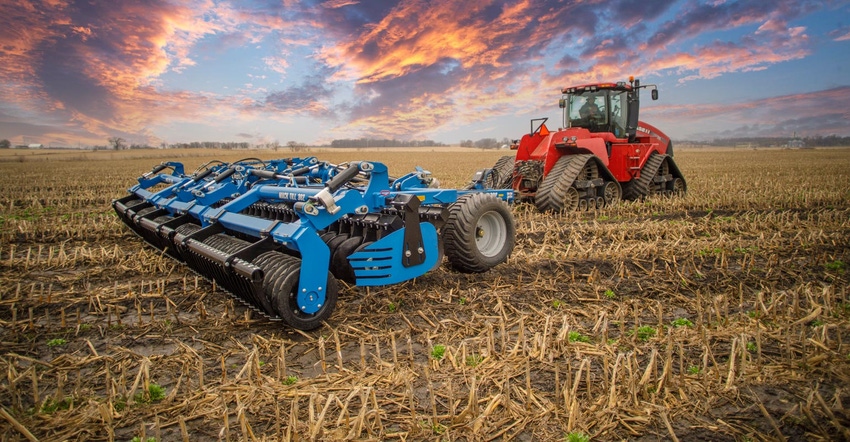September 4, 2020

Justin Render, Kinze Manufacturing’s tillage product specialist, recommends four practices for more effective fall soil and residue management:
Reduce compaction. Wet weather and saturated soils increase the risk of compaction during harvest. Waiting for the soil to dry is recommended, but not always feasible.
“Tillage is one way to manage surface compaction by taking care of ruts or tracks in the field. Reducing compaction factors helps to avoid field problems that can last for many years,” Render says.
Distribute residue evenly. Combines should be properly set up to achieve even distribution of residue.
“Pay attention to your combine head, chopping and spreading systems for proper adjustment and operation, especially as harvest conditions change,” Render says.
Speed decomposition. Crushing, shredding and spreading the crop residue evenly will speed the decomposition process.
“The faster farmers can get residue near microbial life when temperatures are warmer, the faster residue will start decomposing,” he says. “Residue that is not incorporated or put into contact with the soil in the fall will typically take longer to decompose.”
Consider a winter cover crop. Protect your soil over winter and early spring with cover crops, but keep carbon and nitrogen cycles in mind when selecting and managing them.
“Legumes capture nitrogen from the air and transform it into soil,” Render says. “Other crops, like grasses or brassicas, hunt nutrients in the soil and immobilize them in the root zone, saving them to mineralize at a later time when crops can use them.”
Source: Kinze Manufacturing, which is solely responsible for the information provided and is wholly owned by the source. Informa Business Media and all its subsidiaries are not responsible for any of the content contained in this information asset.
You May Also Like




